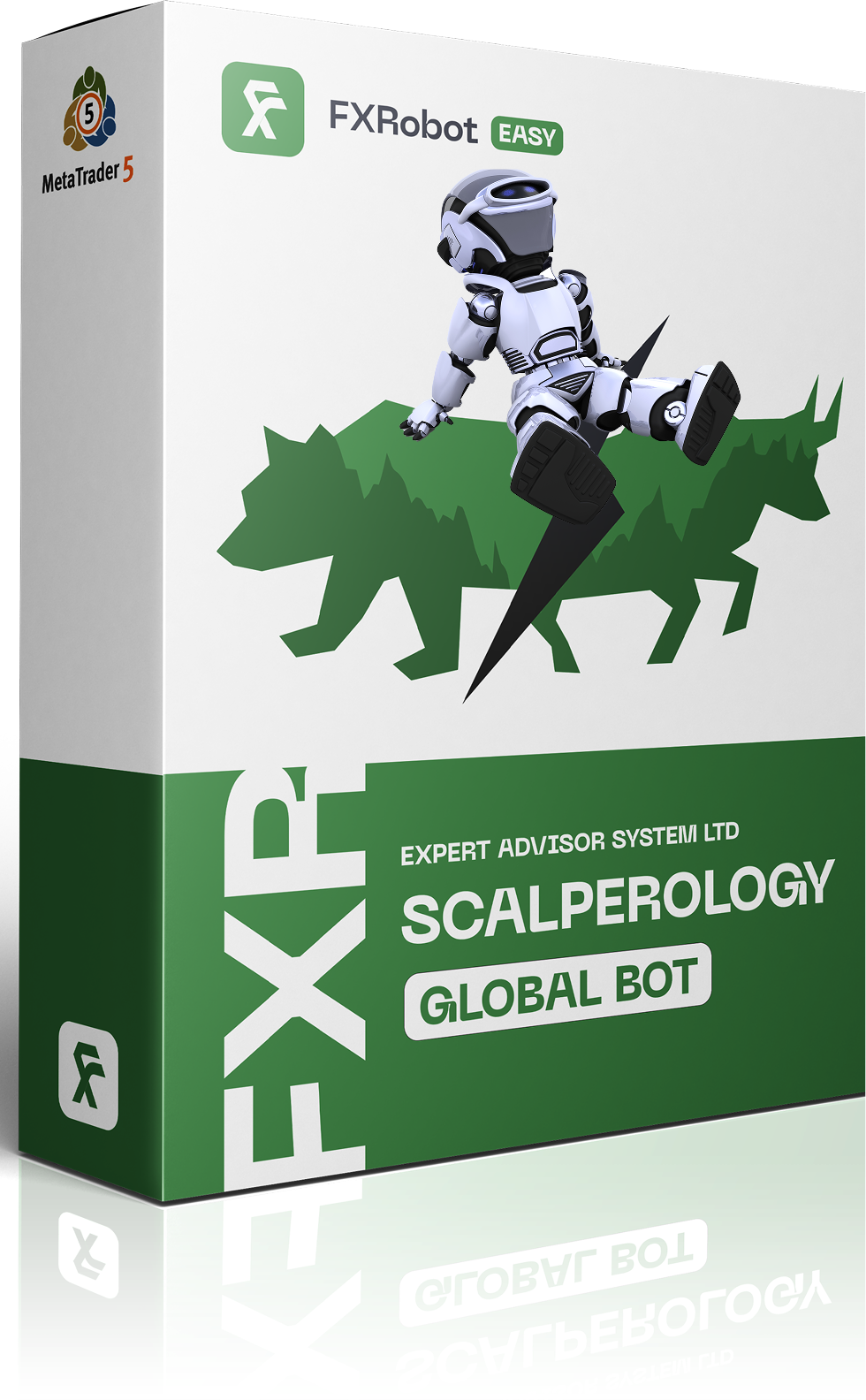At this time, purchasing EASY Bot items is not available to all members. Read more - how to get access to purchase
Trading Indices
Find the Right Edition That Fits You



Scalperology Ai MT5



























 Test it Free🚀
Test it Free🚀
Global
Pairs:

 AUD/JPY
AUD/JPY
AUD/JPY
AUD/USD
EUR/AUD
EUR/GBP
EUR/JPY
EUR/NZD
EUR/USD
GBP/USD
NZD/USD
USD/CAD
USD/CHF
USD/JPY
30-Day Profit:
0%
7-Day Profit:
0%
Support:
24х7 via Telegram

Breakopedia Ai MT5

































 Test it Free🚀
Test it Free🚀
Global
Pairs:

 AUD/JPY
AUD/JPY
AUD/JPY
AUD/USD
EUR/AUD
EUR/GBP
EUR/JPY
EUR/NZD
EUR/USD
GBP/USD
NZD/USD
USD/CAD
USD/CHF
USD/JPY

XAU/USD

XAG/USD

XBT/USD
30-Day Profit:
0%
7-Day Profit:
0%
Support:
Developer
Understanding Trading Indices
- Trading indices involves trading a group of stocks representing a specific market or sector. Examples include NASDAQ, DOW Jones, and S&P 500.
- Indices reflect the overall performance of the stock market and fluctuate based on the collective performance of the stocks within.
- Traders can capitalize on these movements through various strategies such as scalping and trend-following.
Types of Trading Indices
- Major Indices: Examples include NASDAQ, DOW, and S&P 500 which are widely traded and have high liquidity.
- Synthetic Indices: Platforms like Deriv offer unique indices like Boom and Crash for hands-on trading experience.
- Sector Indices: These indices represent specific sectors like technology or healthcare, providing targeted trading opportunities.
Trading Strategies for Indices
- Scalping: Short-term trades aiming to profit from small price changes. For instance, the IndexLORD EA focuses on frequent trading, averaging 5 trades per day on major indices.
- Trend Following: Traders use technical analysis to follow existing trends. The Boom and Crash Indices Killer EA utilizes price action for precise entry and exit points.
- Hedging: Strategies to mitigate risk, such as the Boom and Crash Indices Hedging Robot, which buys and sells simultaneously to protect investments.
Tools and Indicators for Trading Indices
- Expert Advisors (EAs): Programs like IndexLORD and Boom and Crash Indices tools automate trading based on pre-set strategies.
- Technical Indicators: Indicators provide insights into market trends and are essential for deciding entry and exit points. For example, the Boom and Crash Indicators showcase key price levels for optimal trading.
- Risk Management Tools: Advanced features like stop-loss orders are crucial for protecting your capital during volatile movements in indices.
Challenges in Trading Indices
- Volatility: Indices can be subject to sudden price swings due to market news, requiring effective risk management strategies.
- Market Hours: Many indices trade during specific hours, limiting trading opportunities outside these times. For instance, IndexLORD only operates from 8 am to 5 pm EST.
- Broker Conditions: Finding a broker with competitive spreads and reliable execution is vital for successful index trading.
Best Practices for Trading Indices
- Utilize automation tools like EAs for efficiency in trading.
- Maintain a disciplined approach with strict adherence to risk management strategies.
- Stay informed about market news that can impact indices significantly.
- Consider backtesting strategies using historical data for better preparation.
- Engage in continuous learning to adapt to changing market conditions. 📈📉